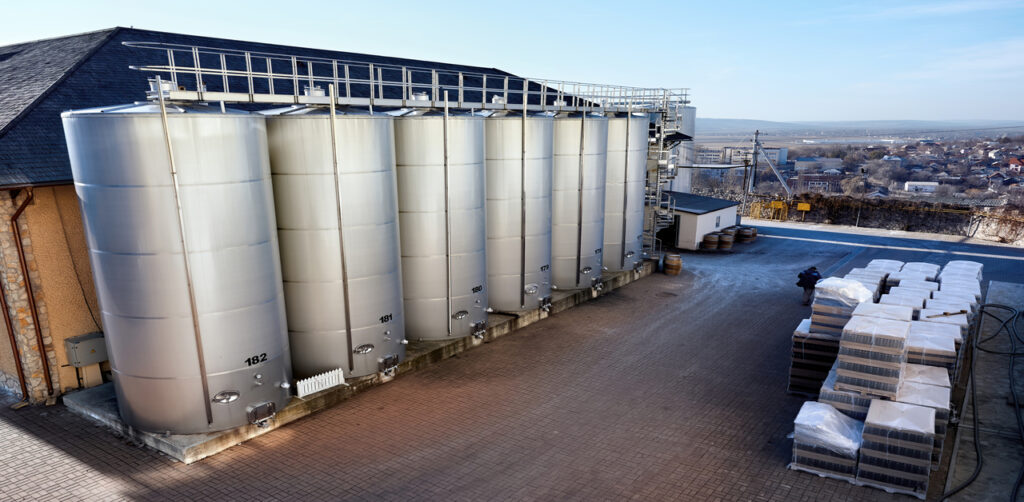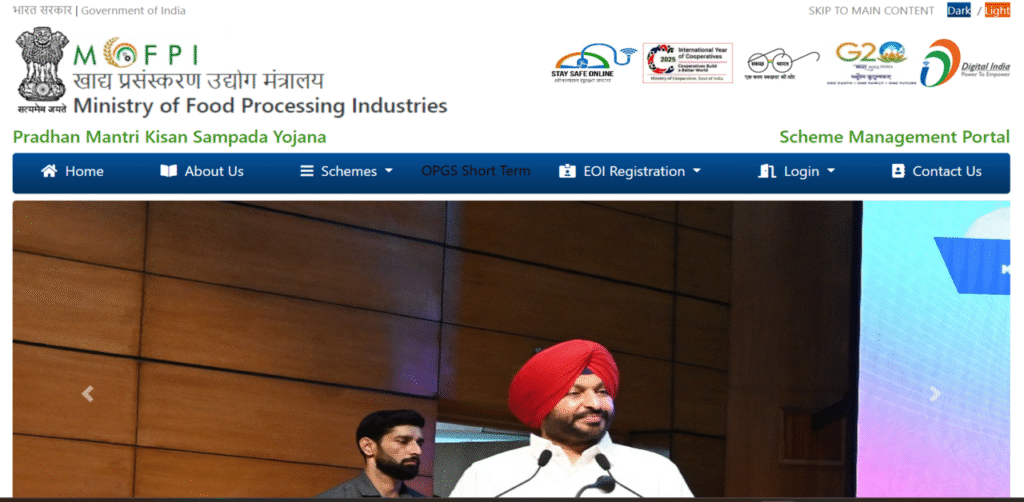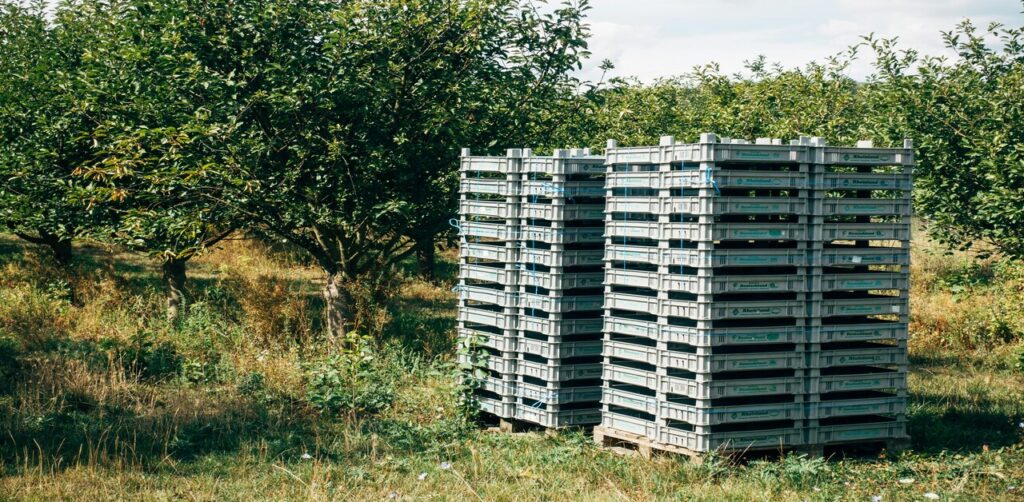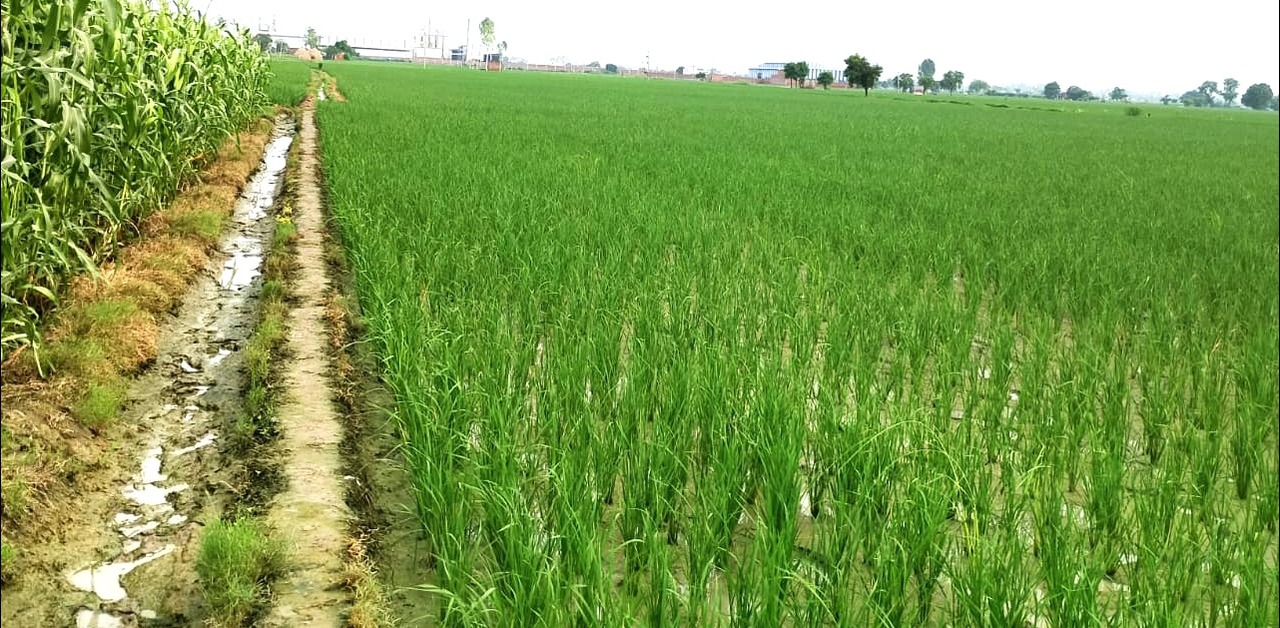The Pradhan Mantri Kisan SAMPADA Yojana, which stands for “Scheme for Agro-Marine Processing and Development of Agro-Processing Clusters,” is one of the most important initiatives implemented by the Indian government.
In addition to making processed food products readily available in domestic and international markets.
It aims to modernize the food processing industry, reduce agricultural product wastage, increase farmers’ incomes, and create employment opportunities.
In this article, we will discuss the PM Kisan Sampada Yojana, its objectives, its various components, and its effects and challenges faced by it etc.
Table of Contents
In News
Recently Union Cabinet, chaired by the Prime Minister of India, has approved an increase in the budget for the Pradhan Mantri Kisan Sampada Yojana. An additional 1920 crore has been allocated. Total outlay from 4600 crore to 6520 crore.
Where will the extra funds be used?
- 50 Multi-Product food irradiation units: these facilities are used to preserve food, killing harmful bacteria, insects, and parasites. It increases the shelf life of products, improves food safety, and reduces post-harvesting losses. It will also help procure fruits, meats, vegetables, and seafood.
- 100 food testing Lab: it will ensure quality control and food safety. It will also help export, public health, and enforcement of FSSAI standards.
What is the PM Kisan Sampada Yojana?
- Pradhan Mantri Kisan Sampada Yojana was launched in 2016 under the name SAMPADA(Scheme for Agro-Marine Processing and Development of Agro-Processing Clusters). It was renamed as PM Kisan Sampada Yojana in May 2017.
- Pradhan Mantri Kisan Sampada Yojana works under the Ministry of Food Processing and Industries(MOFPI).
- The Pradhan Mantri Kisan Sampada Yojana is a Central Sector Scheme with 100% funding from the Government of India.
Pradhan Mantri Kisan Sampada Yojana unifies several MoFPI programs into a single program.
With the assistance of the development of cutting-edge infrastructure and an effective supply chain, the PM Kisan SAMPADA Yojana aims to eliminate the disconnect between farm produce and the market.
If you want to buy a bag for your school or college journey, then you should visit here.

Objective of PM Kisan Sampada Yojana
1. The primary goals are to build state-of-the-art food processing plants and cold chains, which is one way to improve the infrastructure.
2. Creation of modern infrastructure from farm gate to retail outlet.
3. Improved storage and preservation can help reduce post-harvest losses by dealing with the waste of perishable agricultural products.
4. Increasing Farmers’ Incomes: Increasing farmers’ incomes by providing them with direct connections to markets and processing facilities and guaranteeing them higher returns.
5. Reducing wastage of Agricultural produce
6. Boosting the food processing industry by promoting food product enhancement and value creation, increasing India’s share of the global market for processed foods by encouraging exports, and establishing processing plants and supply chains in rural and semi-urban areas results in the creation of new jobs.
If you want to check Pradhan Mantri Kisan Sampada Yojana in detail, you can visit here.
| Pradhan Mantri Kisan Sampada Yojana | Check |

Components of PM Kisan Sampada Yojana
The scheme is a combination of several sub-schemes that form a strong and comprehensive one:
1. Mega Food Parks
Establish a modern food processing infrastructure in clusters that are specifically targeted.
Characteristics: A shared infrastructure such as cold storage and warehouses, test labs, package units, and support logistics.
Advantage: Multiple food processing units can be worked upon in a single and consolidated facility, which saves money and wastage.
2. Value addition and cold chain infrastructure
From the farm gate to the consumer, it creates cold chain networks. Includes pre-cooling, refrigerated transport, cold storage, and value-added processing.
Reduces the minimal spoilage of perishable products such as fruits, vegetables, dairy, meat, and fish.
3. Enhancement or development of the capacity for food processing and preservation (CEFPPC)
It enables the creation or expansion of processing units.
Promotes cutting-edge processing and packaging technology.
4. Clusters for Agro-Processing Infrastructure:
Creates contemporary infrastructure in given clusters to process agricultural produce.
Promotes shared gains of small and medium enterprises.
5. The establishment of backward and forward linkages
It closes supply chains from the farm to the market and the market to the farm.
It includes distribution, collection, and procurement centers.
6. The system for ensuring food safety and quality
It instigates testing laboratories, quality control facilities, and certification systems.
Ensures that food safety standards at home and abroad are met.
Institutions, human resources, and so on foster skills, entrepreneurship, and food processing industry research.
Impact of PM Kisan Sampada Yojana
The Pradhan Mantri Kisan Sampada Yojana has significantly benefited India’s agro-processing sector:
1. Increased Investment: Attracts private sector investment in cutting-edge infrastructure for food processing.
2. Reduced Wastage: In regions served by cold chains and processing facilities, post-harvest losses have decreased.
Thousands of new jobs were created in semi-urban and rural areas.
Better prices for farmers’ produce as a result of less reliance on middlemen boost farmers’ incomes.
India’s global presence has been bolstered by an increase in processed food exports.
If you want to read an article on The Pradhan Mantri Fasal Bima Yojana(PMFBY), you can click on it.

Challenges
Despite the Pradhan Mantri Kisan Sampada Yojana’s success, there are some challenges:
1. Awareness Gap: Not many farmers and small business owners are aware of the scheme’s benefits.
2. Implementation Delays: It takes time to do land acquisition and get the environmental clearances and funding to make timely project implementations.
3. Technology Gap: Newer processing and packaging technology must be implemented.
Conclusion
The revolutionary Pradhan Mantri Kisan Sampada Yojana is making India a supplier of processed food products to global markets rather than just raw commodities.
The scheme is helping to reduce farmers’ income by half by ensuring that farmers are incorporated in the modern value chains, reducing wastage, and ensuring that farmers export more.
With continued efforts, increased awareness, and solid implementation, it can also capitalize on the enormous potential of India’s agri-food sector.

